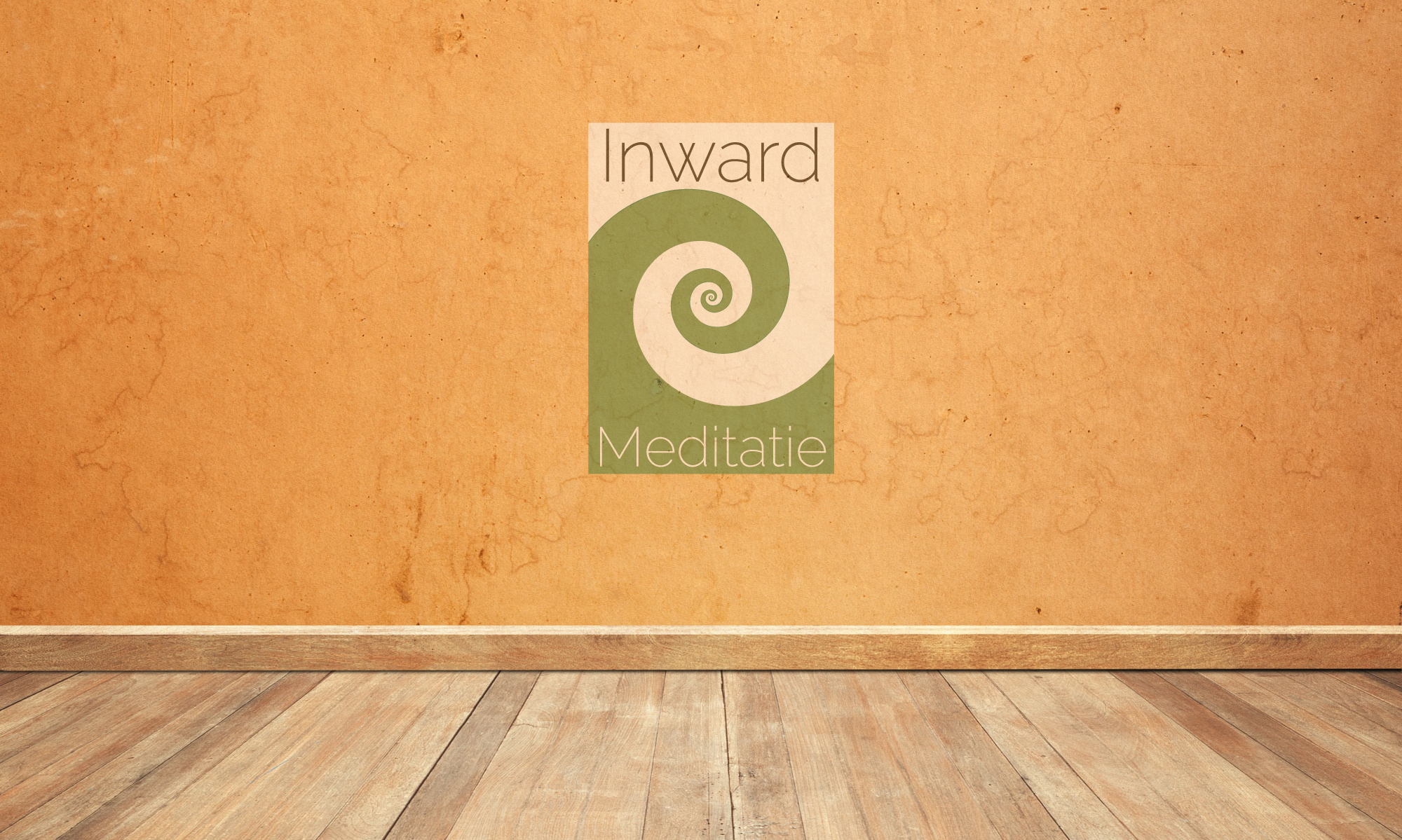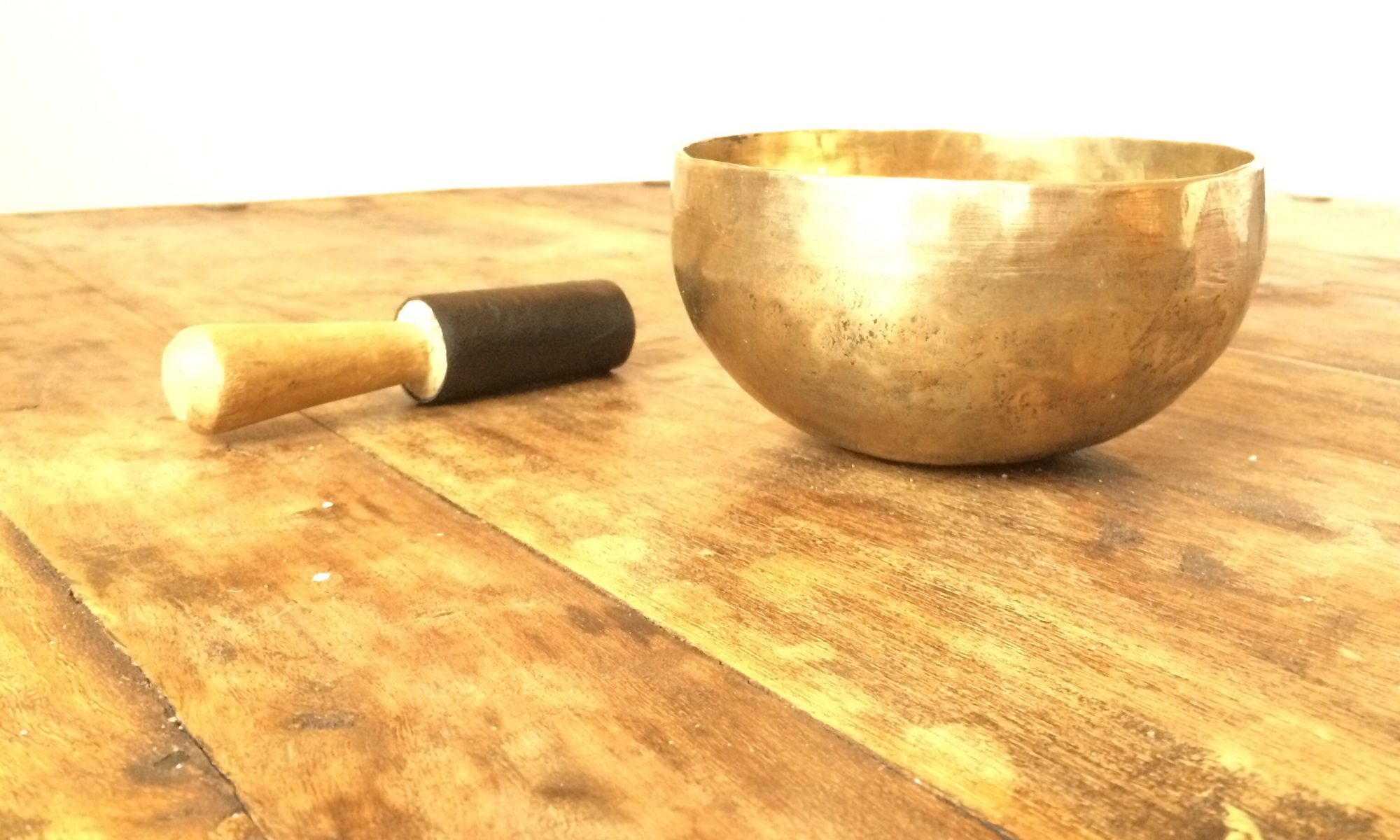The short answer is no.
For starters, we might question what mindfulness meditation is necessary for. Are you looking to reach enlightenment, to obtain temporary relief from life’s suffering, or to experience beauty, love or the mystery that transcends the self? Peace and relaxation? Meditation can be relevant for all of these pursuits, but it’s valid to say that for most people there are quicker ways for learning to relax, such as yoga or other bodily activities.
Mindfulness meditation is a way to accomplish realizations that are sometimes included in the domain of spirituality or mysticism. You being more than your body or your mind, for instance, or that everything is love, knowledge or awareness. Meditation is a circumscribed way of training your mind, making you more susceptible to these kinds of insights.
But it is merely ONE way among many, and not THE way. Different strokes for different folks. One of the axioms in mindfulness practices is that you are the one who is realizing these insights. You are the one who is meditating, bringing yourself ever closer to the final goal. This axiom is suitable for a modern world-view of independent individuals in full possession of their agency. But this obviously does not mean that meditation is the only path to these realizations. There are other options for obtaining similar results.
Alternative ways of obtaining spiritual or personal insights
Trance is an example of another method – a suffusion into something larger than yourself. Trance can be found in dance, where you immerse yourself with others into the music’s cadence, in an admired organization’s rite of passage, or in the mental-emotional drone of a psychedelic experience. A number of rapidly growing religious organizations employ trance-like elements, among them Pentecostal churches, Scientology and Transcendental Meditation.
Another example is the path of self-transcendent love. By focusing exclusively on the all-encompassing love for God, or on fully serving society, another person, or an idea, you make yourself redundant while simultaneously becoming larger than you would be when leading a “normal life.” This paradox – being both redundant and larger than life – can be resolved through the idea that the “small sense of self” only exists by tenaciously holding on to many ways of identification, which are naturally let go of when following this path, in favor of just serving. This idea is common to many traditional religions and is personified by individuals like Mother Theresa, Sri Ramakrishna, St Francis of Assisi, Jelaluddin Rumi and many others.
There are other ways, of course, such as the way of purification, whereby you cleanse yourself of old habits or karma; the way of surrender, whereby you make yourself the willing plaything of fate; the way of playfulness, whereby you take nothing seriously, and the way of destruction, whereby you indiscriminately and without preference demolish everything. The Bhagavad Gita, central to many Indian spiritual traditions, describes yet other paths.
And then there is the way of insight, which comprises, but is not limited to, meditation. Many paths can lead one to insight, but insight is no absolute necessity to reach the goal – whether it is enlightenment, freedom from suffering or the experience of self-transcendence.
All these paths support each other, with the possible exception of the path of destruction :) Some people are drawn to one way while being repulsed by another. It might be interesting to find out – in due course – what underlies this repulsion, and whether or not something valuable can be found in that particular path. Nevertheless, following the path that speaks to your heart is a wonderful idea, regardless of how anyone else feels about it.
How mindfulness fits into daily life
Many of these paths are difficult to maintain, especially if you want to combine them with a “normal” daily routine. However, as we’ve seen, mindfulness meditation dovetails nicely with a number of Western core values and allows for a relatively easy accommodation with everyday life, making mindfulness meditation a low-risk way to develop personal/spiritual depth without turning your life upside-down.
That may explain part of the attraction of mindfulness, zen, vipassana and other forms of meditation. You’re not asked to buy into some religious movement or other. You can practice meditation whenever you want, because “it is always now.” And you can continue to lead your life the same way you’ve always done.
Nevertheless, be aware that meditation is just a tool, a guidepost or even a crutch that can help you live a more relaxed, more open, more loving, more joyous and free life. Practicing meditation is ultimately unimportant; of paramount importance is the happiness that is available directly and effortlessly in your life. If you can get there in some other way, then that’s just as valuable.
It could even be that you so enjoy the meditative experience that practicing meditation causes your normal way of life to suffer. Mindfulness meditation, like almost any human doing, can be addictive. This rarely happens, but if it happens to you it might be a good idea to take considerable time to ponder your life’s goals. And for the sake of the flying spaghetti monster, don’t keep this exploration to yourself, but involve your social circle, especially valuing those opinions that may diverge from your own.
To sum up, mindfulness meditation is not necessary. Meditation can be used to make you a freer, happier and wiser person. Only you are equiped to weigh the pros and cons of any particular path you consider following.

